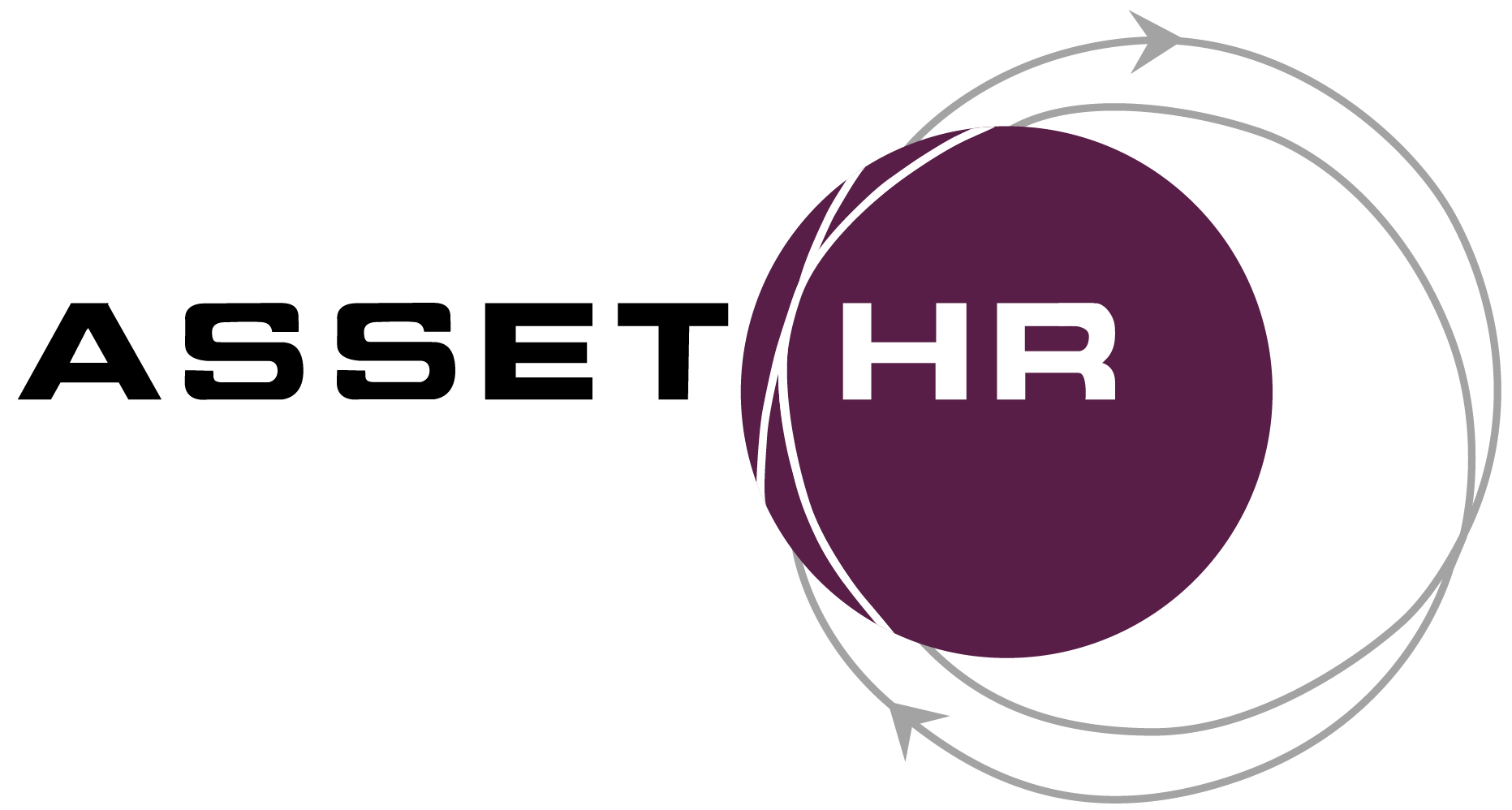Key Updates to ESST Laws

Article shared by our friends at The Compliance Center + WFJ Law Firm
As Minnesota prepares for the upcoming changes to the Earned Sick and Safe Time (ESST) laws, understanding the updated requirements is critical to maintaining compliance and fostering a healthy, productive workplace. Let’s explore what’s new and how businesses can adapt to these changes effectively.
Key Updates to ESST Laws
Starting January 1, 2025, all paid leave provided to employees—whether sick leave, vacation, PTO, or any other paid leave—will count as protected ESST if it’s used for any qualifying ESST reason. This interpretation by the Minnesota Department of Labor and Industry (DOLI) broadens the scope of what qualifies as protected leave under ESST and underscores the importance of revisiting your current PTO policies.
New Qualifying Reason: Funeral Leave
The updated laws explicitly recognize funeral leave as a valid reason to utilize ESST. Employers with separate bereavement policies may need to evaluate whether adjustments are necessary to align with this provision.
Increments of Use
Employers must now allow employees to use ESST in increments consistent with their timekeeping systems. While some systems accommodate minute-by-minute tracking, the law does not require increments smaller than 15 minutes. Employers, however, cannot require that employees use ESST in more than 4-hour increments.
Timing for Documentation Requests
For employees with standard workweeks, documentation can only be requested if an employee is absent for at least four consecutive scheduled workdays. This clarification adds predictability for employers while safeguarding employee rights.
Base Rate Defined
ESST must now be paid at the employee’s “base rate”, which varies based on how the employee is compensated. For example, hourly workers should receive their standard hourly rate, while salaried workers are paid based on their guaranteed rate. For commission-based workers, the rate must meet or exceed the highest applicable minimum wage.
Expanded Employee Eligibility
Previously, employees had to work at least 80 hours in Minnesota over a year to qualify for ESST. Now, employers must anticipate that an employee will meet this threshold to immediately extend eligibility.
Flexible Paystub Requirements
Employers can now deliver ESST balance updates electronically, provided employees have access to print or view the information during work hours.
Compliance Tips for Employers
- Review and Adjust PTO Policies
Consider separating your PTO into two distinct policies for vacation and sick leave to maintain better control and compliance with ESST rules. If you prefer a single PTO bank, ensure it meets all ESST mandates, including documentation, anti-retaliation protections, and notice requirements.
- Update Timekeeping and Payroll Systems
Ensure your systems align with the new rules in increments of use, documentation timing, and the “base rate” for pay calculations.
- Educate Your Workforce
Communicate these changes clearly to employees. Transparency can help prevent misunderstandings and ensure smooth transitions.
- Prepare for Enforcement
While DOLI has signaled a measured approach to enforcement, noncompliance can result in significant penalties, including liability for double the amount of leave that should have been provided. Proper record keeping is vital.
AssetHR is Here to Help
Navigating legal updates can feel overwhelming, but you don’t have to do it alone. AssetHR specializes in helping businesses like yours stay compliant and thrive in a changing regulatory landscape.
Posts are not intended to provide legal advice and that readers should consult with their attorneys on any matter covered in the article.

